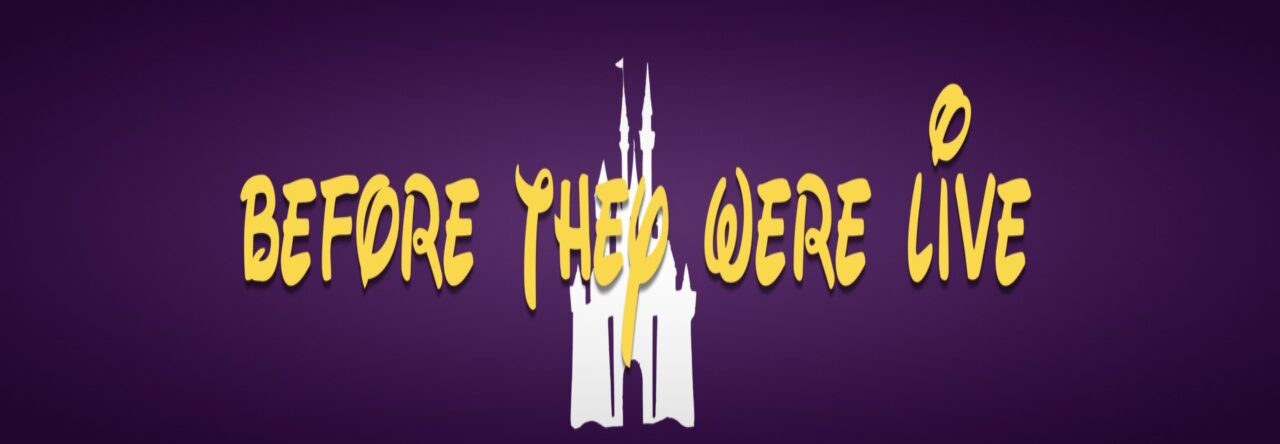An analogue for the Good Samaritan parable told in The Gospel of Luke chapter 10. So, is Casey Jr. saying “I think I can, I think I can…I thought I could, I thought I could” meant to prime your thoughts to that story, so you can recognize the Samaritan in Timothy and the crows later, or am I just overthinking it as usual?
Category: Dumbo
Could Timothy Mouse also be characterized as a fool in the Elizabethan or Shakespearian sense?
“Pop quiz: what is one character archetype that appears in almost every Shakespeare play AND Disney movie?
Joe BUnting
I’ll give you a hint by listing some characters: Bottom, Puck, the Iguana in Tangled, Dori in Finding Nemo, the Clown in All’s Well That Ends Well, the Carpet in Aladdin. Got it yet?
…
The fool acts as the hero’s conscience. I realized this when I remembered Jiminy Cricket in Pinocchio. “Remember, Pinocchio,” says the Wish Upon A Star Lady, “be a good boy, and always let your conscience be your guide.”
Since the fool is already unfashionable, they have the freedom to always speak the truth, even when it is awkward or even dangerous to do so.
However, he also understands it’s often his humor that allows him to speak truth. As Oscar Wilde said, “If you want to tell people the truth, make them laugh, otherwise they’ll kill you.””
More about the fool as common archetype here.
Do characters like Jiminy Cricket and Timothy Mouse, the kind guides and advocates who help our hero along, have a history in literature – or are they an invention of Walt Disney’s story team? Michial saw Dante, or perhaps Elizabethan fools. Victoria spotted some parallels with guardianship in Dickens.
“A younger character both sheltered from the world and brought deeper into subcultury dark places by characters who are more familiar with the subcultury underworld place.”
Do characters like Jiminy Cricket and Timothy Mouse, the kind guides and advocates who help our hero along, have a history in literature – or are they an invention of Walt Disney’s story team? Michial saw Dante, or perhaps Elizabethan fools. Victoria spotted some parallels with guardianship in Dickens.
“A younger character both sheltered from the world and brought deeper into subcultury dark places by characters who are more familiar with the subcultury underworld place.”
Do characters like Jiminy Cricket and Timothy Mouse, the kind guides and advocates who help our hero along, have a history in literature – or are they an invention of Walt Disney’s story team? Michial saw Dante, or perhaps Elizabethan fools. Victoria spotted some parallels with guardianship in Dickens.
“A younger character both sheltered from the world and brought deeper into subcultury dark places by characters who are more familiar with the subcultury underworld place.”
[vimeo 167292056 w=640 h=360]
“Good for them for teaching their children to be polite, and not stare and point. But, rather than sort of avoid engaging, or avoid acknowledging my existence…I would much prefer if parents would say…’go, say hello.’
As long as they did it in a respectful way. I think that’s a better way to handle it.”
Learn more here.
“Selective use of “crip” or “crippled” by people with disabilities is a conscious act of empowerment through “reclaiming” a former slur as a badge of pride. “Selected use” means we don’t use it all the time, in every situation. We exercise judgment in when and where it’s appropriate to use.”
Thoughtful, nuanced, argument on the use of “crip.” More here.
“The social model of disability says that disability is caused by the way society is organised, rather than by a person’s impairment or difference. It looks at ways of removing barriers that restrict life choices for disabled people. When barriers are removed, disabled people can be independent and equal in society, with choice and control over their own lives.”
“The medical model looks at what is ‘wrong’ with the person and not what the person needs. It creates low expectations and leads to people losing independence, choice and control in their own lives.”
More information and some practical examples here.
[youtube=://www.youtube.com/watch?v=8XH0WPasBzQ&w=854&h=480]
A great overview of Cerebral Palsy.
It took us four episodes, but I feel like we are finally a legitimate member of the Christian Humanist Network now that we have a Dante reference. And to think we could have had it back during Pinocchio if I’d only asked Michial the right question: do characters like Jiminy Cricket and Timothy Mouse, the kind guides and advocates who help our hero along, have a history in literature – or are they an invention of Walt Disney’s story team? (You may recall that the use of Jiminy was how Disney cracked the story of Pinocchio. Pinocchio is so unsympathetic in the novel that translating the book to screen was a challenge. Jiminy then became the prototype of a kind of character that we see throughout the Disney canon – including Timothy Mouse.) Michial sees a lineage all the way back to Virgil in Dante.
“The difference is Dante respects Virgil”
episode 4: Dumbo Featuring Special Guest Victoria Reynolds Farmer
Episode
Appendices
Curiosities
[display-posts category=“Dumbo” tag=”curiosities”]
Mea Culpa
[display-posts category=“Dumbo” tag=”mea-culpa”]
L’esprit de L’escalier
[display-posts category=“Dumbo” tag= “lesprit-de-lescalier”]
Bibliography
[display-posts category=“Dumbo” tag=”Bibliography”]
Letterbox
Continue the conversation
Tweet





